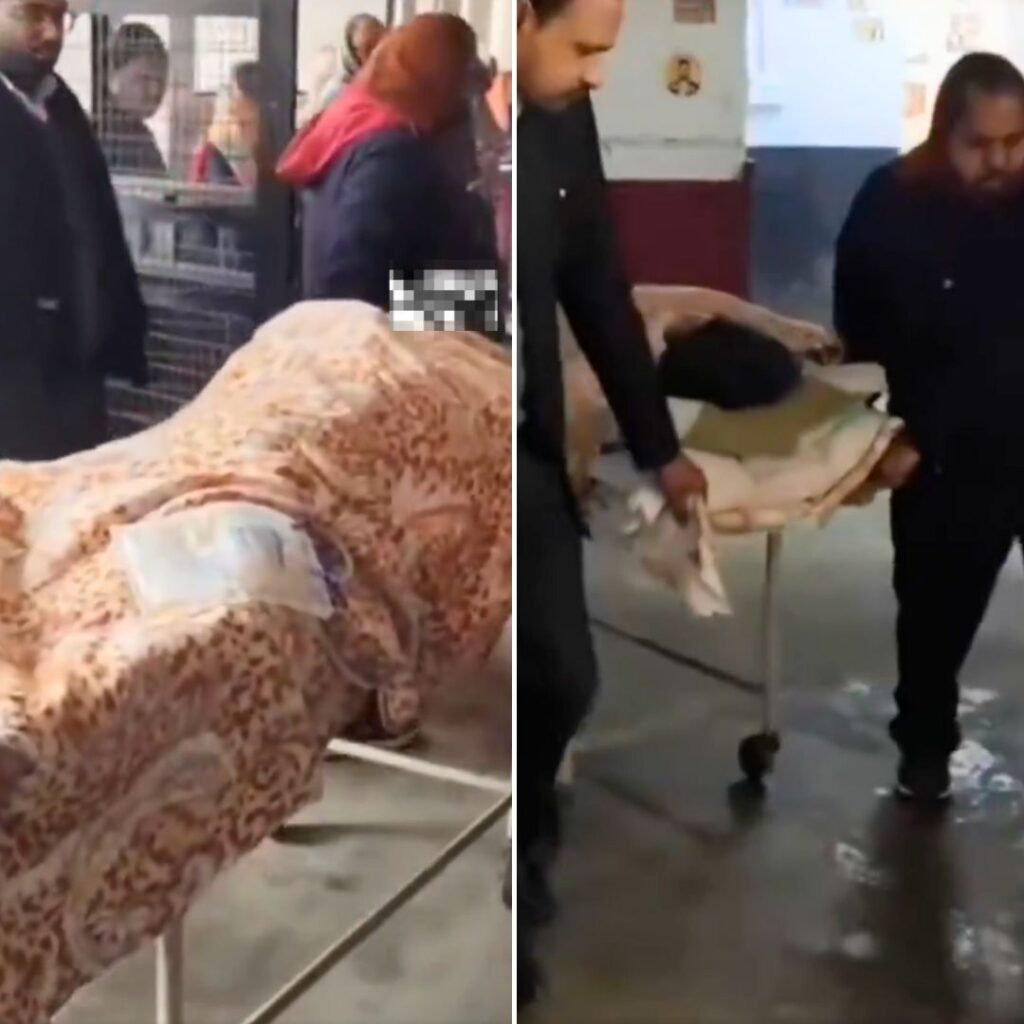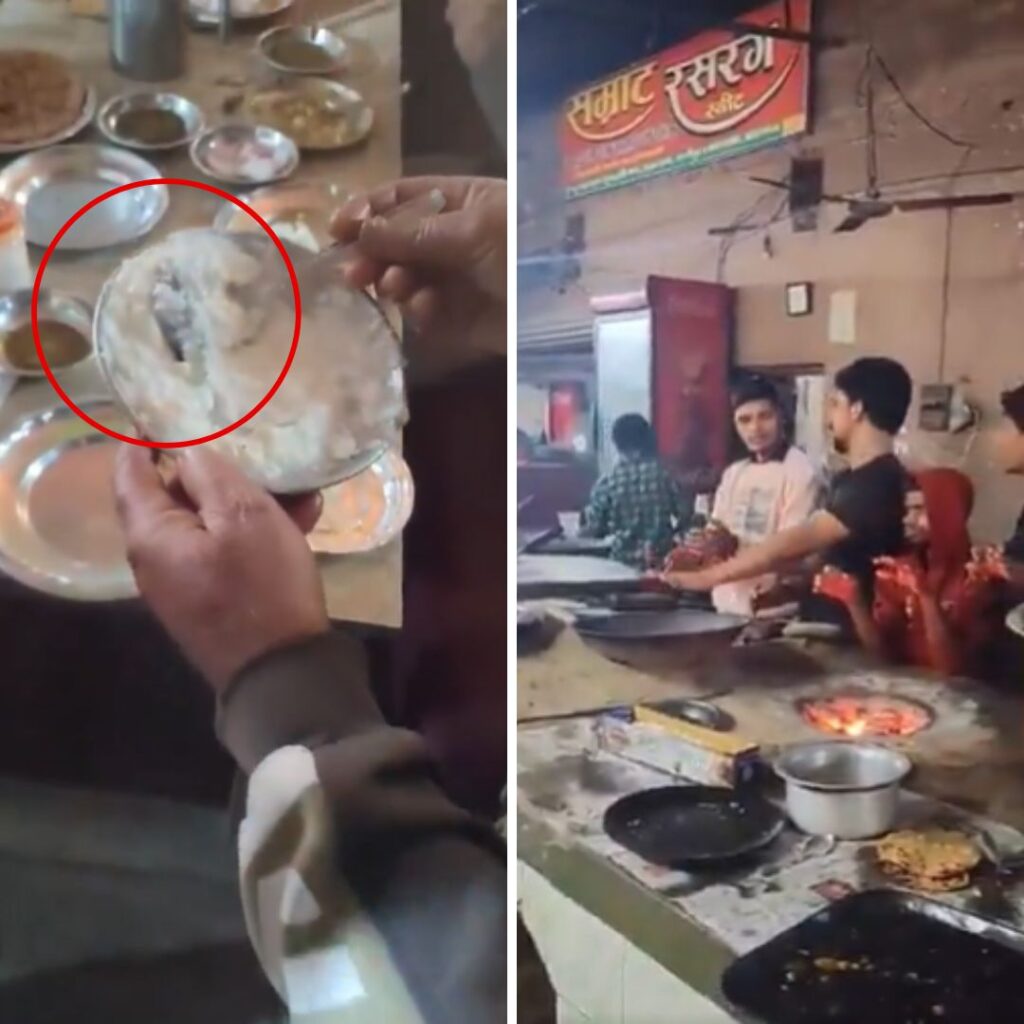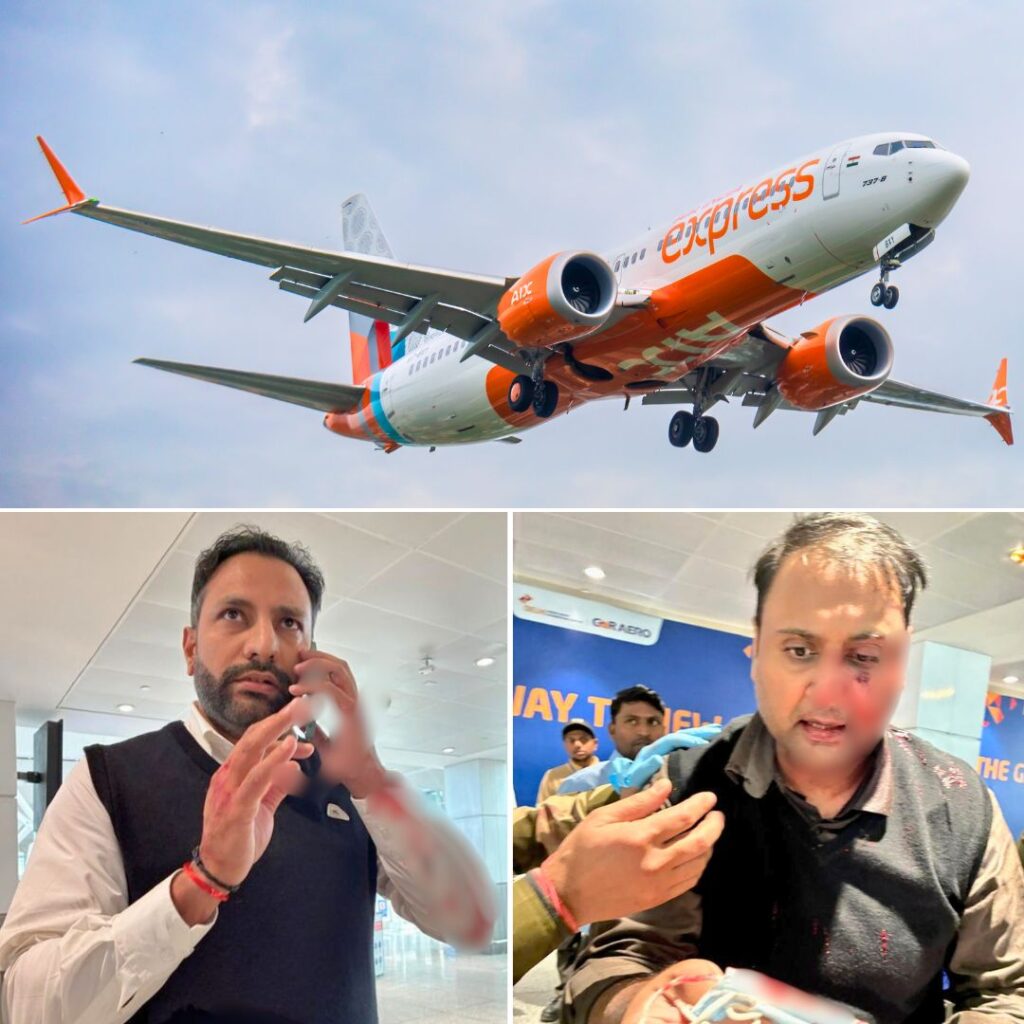While the ongoing nationwide lockdown has ‘helped flatten the (COVID-19) curve, downward trend has not been witnessed’ according to Dr Randeep Guleria, Director, All India Institute of Medical Sciences (AIIMS).
Dr Guleria, a renowned pulmonologist, is part of the core team of top officials reviewing and monitoring the pandemic in the country. He is involved in building strategies for prevention, containment and management of COVID-19.
‘While the lockdown has helped in flattening the curve, the curve has not shown a downward trend. That is a cause for concern. That’s why the next four to six weeks will be very, very important because the lockdown cannot be there forever. The number of cases is still increasing every day. But the rise in the curve is not so sharp that we can’t handle it,’ Indian Express quoted him as saying.
Dr Guleria opined that the most important data point to watch out for is the cases reported in the hotspots and reclassification of zones.
‘The solution is to identify the areas where the maximum number of cases are coming, and focus containment to bring down the number of cases, and convert them to orange or green zones. At the same time, continue surveillance in green zones.’
He said the lockdown has helped us prepare our health facilities. Recalling India’s experience with the Spanish Flu, when most of the seven million deaths happened in the second wave he said, ‘There was a lockdown and that lockdown was followed very well. But after the lockdown was lifted, they started going back to normal. We have to learn from history,’ he said.
To decrease the economic impact of the lockdown, he suggested that the strategy should be focus mainly on local hotspot areas rather than an entire district labelled as a red zone. Many districts have very few cases or no cases for two weeks to a month. ‘To say there is community transmission all over India would not be correct,’ he said.
Stating that it is essential to maintain syndromic surveillance of influenza-like illnesses and severe acute respiratory illnesses he said, ‘We will have to learn to live with COVID-19 for quite some time. We will have to have strategies what will be functional work COVID being around. whether it’s travel or work.’
Also Read: India Records Lowest COVID-19 Cases In The World After 10 Lakh Tests: ICMR











